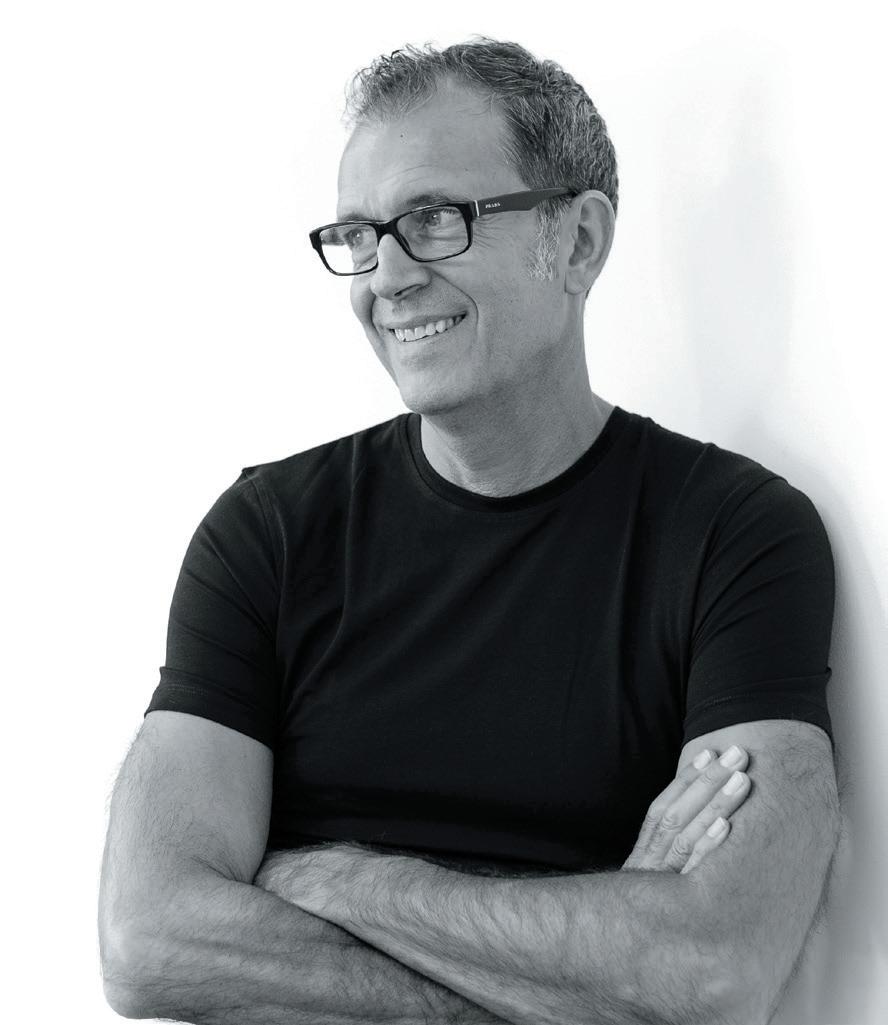
1 minute read
Congratulations, you’re a Badger
they’re engaged in at any time. The characteristics of each of the personas can then be mapped to the new workplace with their own path, stopping-off points and favoured worksettings, to appear as though one size doesn’t fit all. Even though it does.
However, at the same time as we’re all being racked and stacked, every new workplace seeks to create opportunities to work differently, to experiment, to adapt to changes in the organisation’s environment or operation, or to adopt new technology or ideas. We’re first and foremost leaders of change, and that’ll be exactly what we’ve been asked to deliver and enable. In fact, even if pre-existing working patterns work just as beneficially in the new space, the encouragement to try harder, go further and aim higher will be heard by all.
Our paradox is therefore: we need to understand and model how everyone is, so that we can ensure they change. Because our Bees are too busy to be getting on with their work they don’t get to know anyone, our Butterflies are too focused on being social to get any actual work done, and our Badgers are so committed to being elusive that we’re not sure they’re even still with us, or that they ever were.
If we’re going to want people to change, and the workplace to be a contributing driver of that change, we have to wonder if our desire to put people in boxes is a worthwhile pursuit. Leaving the lids open, peering in occasionally and hoping something may happen isn’t really a strategy.












